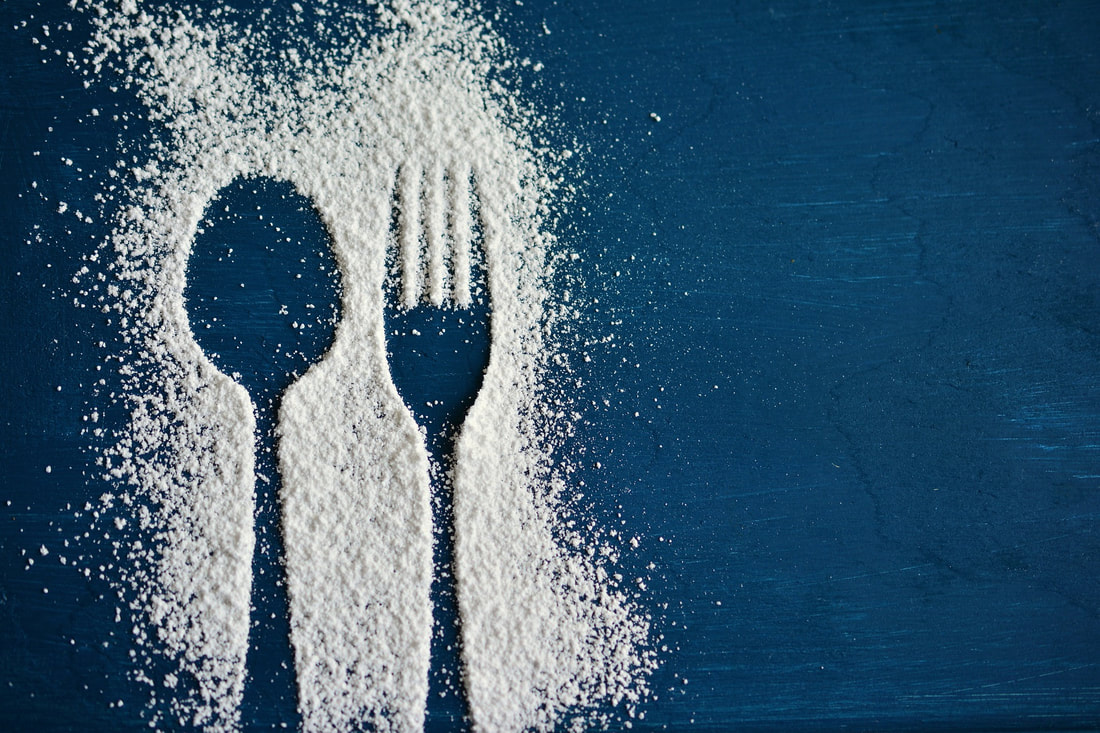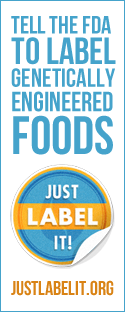|
The North American Free Trade Agreement may have dramatically changed the Canadian diet by boosting consumption of high-fructose corn syrup, a new study suggests.
Also read, Study finds added sugar in two-thirds of packaged foods in Canada. That boost arrested a years-long decline in total sugar consumption. And it shifted Canadians away from liquid sweeteners such as maltose and molasses toward high-fructose corn syrup, a sweetener that has been linked to the obesity epidemic. The peer-reviewed study, published in the Canadian Medical Association Journal, found that as tariffs on high-fructose corn syrup dropped over a four-year period, consumption grew: from 21.2 calories of corn syrup per day in 1994, to 62.9 calories per day by 1998. NAFTA may thus have contributed to growing obesity and diabetes rates over that time, its authors say. “There are free-trade deals being negotiated all over the world, and NAFTA has been used as a blueprint for many of them,” Pepita Barlow, a doctoral student at Oxford University and the lead researcher on the paper, said. “In some ways, this is an opportunity to think about who benefits from these deals and who loses – and how we can craft them to better promote health and wellness.” The connection between free-trade agreements and health has not been well-studied, Barlow said. To date, most research on globalization and nutrition has examined the effects of foreign direct investment: how consumption patterns change when multinational food companies, such as Coca-Cola or the global snack food maker Mondelez, begin producing and advertising in new markets. Joseph Glauber, a senior research fellow at the International Food Policy Research Institute and the former chief economist at the USDA, said he would expect that sort of investment to have a larger impact on consumption, relative trade. But the research, he acknowledged, is in its early days. “This connection between trade and nutrition is getting to be a very big question,” Glauber said. “I think the effect is probably pretty minor, on the tariff side. But there’s a huge issue with foreign direct investment and advertising, which has become very aggressive. And that’s all a part of trade liberalization.” Tariff reductions do make food ingredients cheaper, irrespective of their nutritional qualities. Lower prices encourage manufacturers to use more of those ingredients. Before NAFTA was adopted in 1994, Canada had a tariff of 5 percent on high-fructose corn syrup. Under NAFTA, Canada agreed to phase out that tariff, while maintaining protections on sugar- and beet-based syrups such as fructose, maltose, glucose and molasses. As a result, researchers found, consumption stayed flat on those protected sweeteners, but spiked for high-fructose corn syrup. Countries that are economically similar to Canada, but that did not join NAFTA – such as Australia and the U.K. – did not see a similar effect. At the same time, obesity rates increased from 13.4 percent in 1994 to 14.8 percent in 1998. According to Canada’s national statistics agency, 14.2 million people – roughly 38 percent of all Canadians – are obese. This cannot be credited entirely, or even predominanty, to NAFTA, Barlow cautioned: Obesity rates were trending up anyway. And obesity has continued to climb, even as Canadian consumption of soft drinks (a major source of high-fructose corn syrup) has decreased. But Barlow and her co-authors believe the correlation is strong enough to suggest that the trade agreement did likely contribute to obesity by increasing access at a critical time to a sweetener that some researchers consider uniquely likely to cause weight gain. In a commentary accompanying the paper, epidemiologists Ashley Schram and Ronald Labonte, who study public health and trade at the University of Ottawa, argue that the paper should give trade negotiators pause as they work on future agreements. Corn refiners vehemently deny that assertion – as well as any suggestion that HFCS may have contributed to Canadian obesity rates. John White, a nutritional biochemist who consults for the Corn Refiners Association, disputed Barlow’s claim that HFCS is somehow “riskier” or more fattening than sugar, citing studies that show it is nutritionally similar to sugar and challenged her to prove the growth of HFCS during the ’90s was not caused by something besides NAFTA. U.S. soda-makers began transitioning from liquid sugar to high-fructose corn syrup in the early ’80s, and it’s possible that the Canadian industry took some time to catch up. White also argued that the study fails to account for Canadians’ reduction in sweetener consumption throughout the aughts — although obesity continued to climb during that time. “This paper may best be considered a historical study with limited contemporary relevance, given the aged nature of the data set and the significant reduction in sweetener consumption in the intervening years,” he said. “This is nothing more than a theory based on 17-year-old data and biased references.” However, there is growing evidence that people consume more junk food after their countries ink free-trade agreements, particularly with the U.S. The U.S. is a major producer of processed foods and their ingredients. Exports of prepared foods, beverages and processed fruits, vegetables and dairy have all grown significantly since NAFTA’s adoption, according to the Department of Agriculture. That’s largely because, as previous analyses of trade data have shown, the foods most affected by liberalization are those that are most protected: among them, high-value, high-margin products, such as soft drinks, frozen french fries and snacks. In Mexico, soda consumption increased by 37 percent between 1998 and 1999, the years NAFTA was negotiated and put into effect. In Peru, sales of juice, sports and energy drinks surged in the 10 years since the 2006 free trade agreement with the U.S. – an effect not seen in neighboring Bolivia, which has not inked an agreement. One global study, which analyzed food, tobacco and alcohol habits in 80 countries after they joined U.S. free trade agreements, found that those which had signed deals sold 63.4 percent more soft drinks per capita than those which had not, even after correcting for GDP and other economic factors. Some, like the tiny Pacific nation of Vanuatu, have announced plans to address the problem by banning imported foods all together. “At the moment we have an infiltration of junk food from overseas,” a community leader in Vanuatu recently told The Guardian. It’s unclear if Vanuatu, or any member country of the World Trade Organization, can pass such a ban without being sanctioned. Glauber and Barlow are in favor of solutions that don’t necessarily disrupt trade. Glauber advocates for excise taxes to discourage consumption, rather than tariffs – a tax on soda instead of a tariff on imported HFCS, for instance. Barlow, the Oxford researcher, would like to see more public health groups involved in negotiating trade deals. “It’s an important issue to think about,” she said. “A large number of free-trade agreements are currently being negotiated around the world. We need to know how those actually impact people’s daily lives – their well-being and health.” For now, however, such collaboration may be a long way off. The Canadian Medical Association, whose journal published Barlow’s study, said it had no plans to add trade policy to its advocacy work. The Canadian Health Coalition, another leading public health group, said that while it has “concerns about public healthcare and the NAFTA renegotiation,” nutrition isn’t one of them. “Everyone recognizes that diets are changing because of globalization,” Glauber said. “But it’s still hard to address this.” SOURCE Caitlin Dewey, Washington Post
0 Comments
Leave a Reply. |
Advertisement
News & Updates
Stay informed with the latest news around foodservice, agriculture and other related food news. Advertisement Opportunities
|


 RSS Feed
RSS Feed


